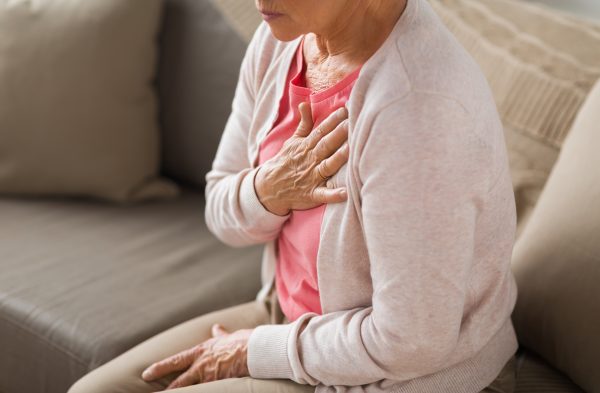An increasing number of people develop classic symptoms and signs of heart failure, such as shortness of breath and fluid retention, despite having normally contracting hearts. Many of these patients, particularly women and elderly, suffer from a stiff heart caused largely by cardiac fibrosis.
“As effective therapies for cardiac fibrosis are currently lacking and urgently needed, it is our vision to understand the molecular mechanisms governing these changes and develop the next generation of therapeutic approaches. In line with this, we have recently been able to improve cardiac function by inhibiting an enzyme that acts on proteoglycans”, says professor Geir Christensen. This new therapeutic approach has been granted patents in US and Europe.
Membrane proteins activate fibroblasts
The heart increases its stiffness mainly due to an increase in connective tissue (extracellular matrix) surrounding the heart muscle cells (cardiomyocytes) (see Figure, Fibrosis in the hypertrophic heart). Particularly in elderly women and people with diabetes or high blood pressure, more matrix is produced in the heart. This matrix is mainly produced by fibroblasts, which are small cells embedded in the matrix. A central question is what activates these cells to produce more extracellular matrix.

Fibrosis in the hypertrophic heart (Adapted from Herum KM 2017 J Clin Med and Christensen G 2019 Matrix Biol).
